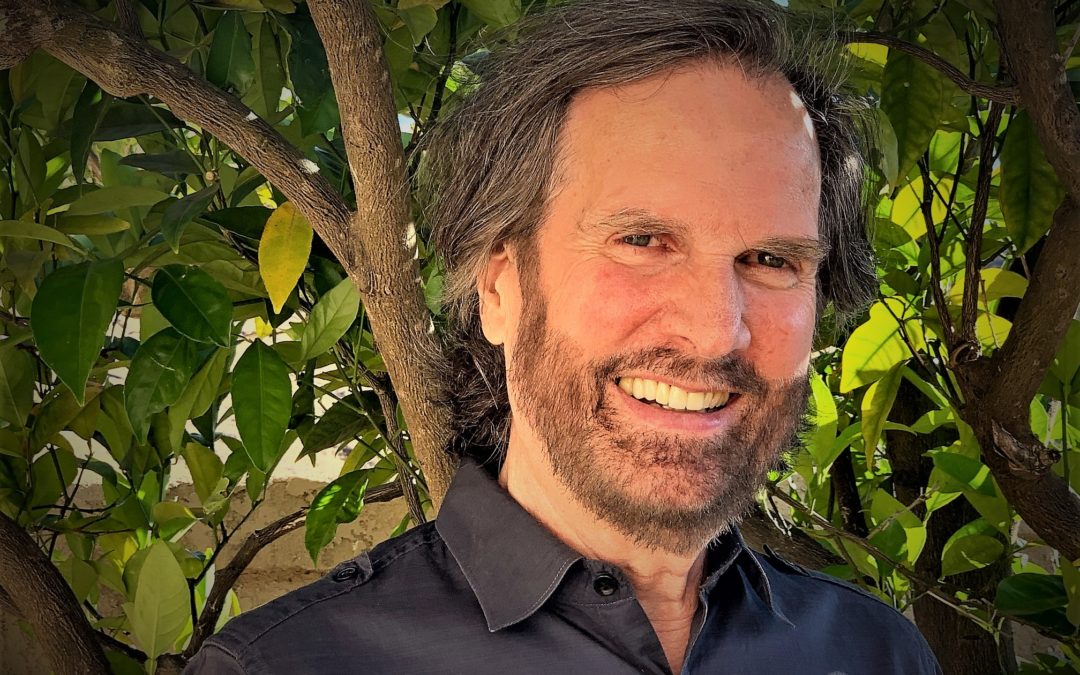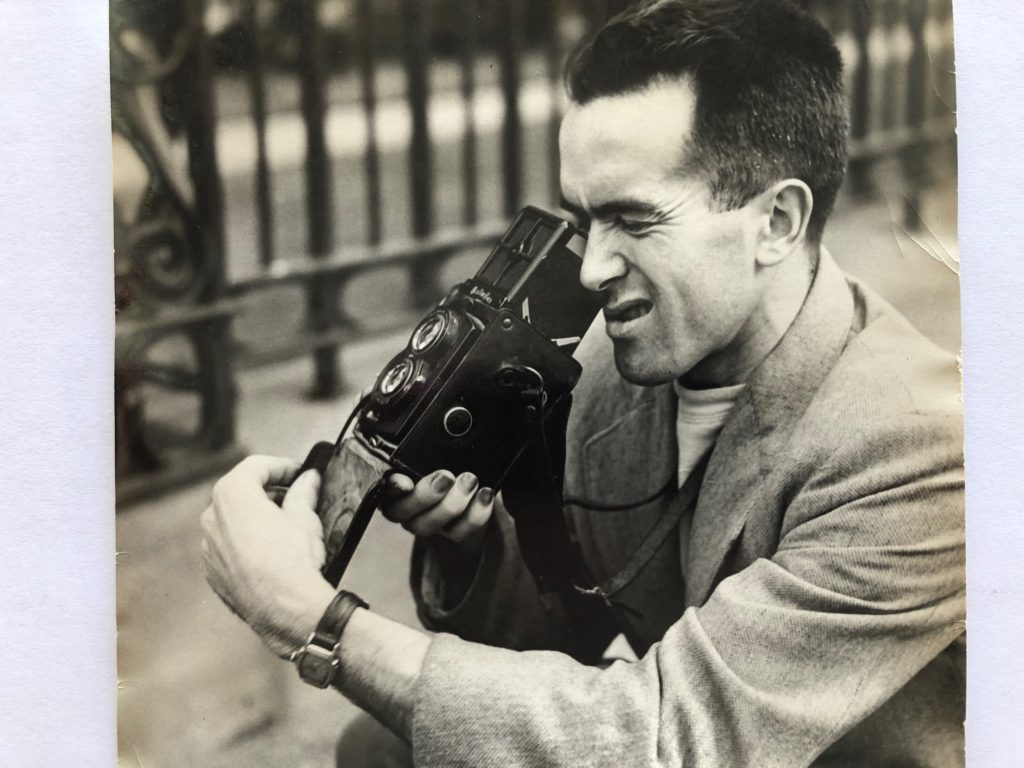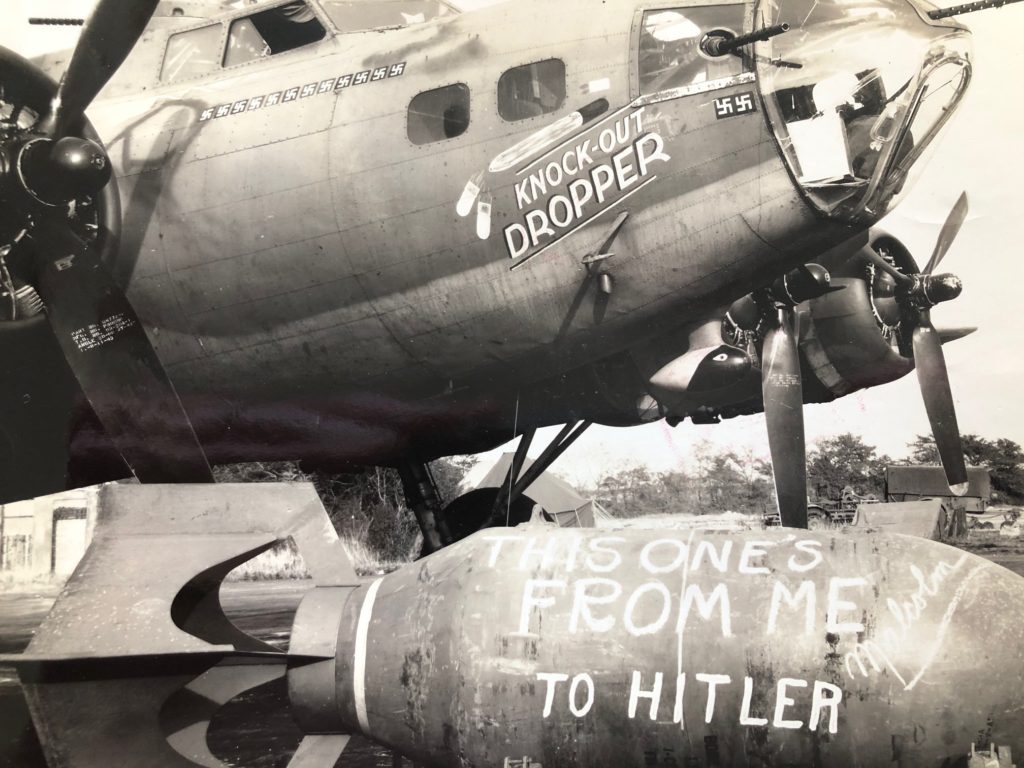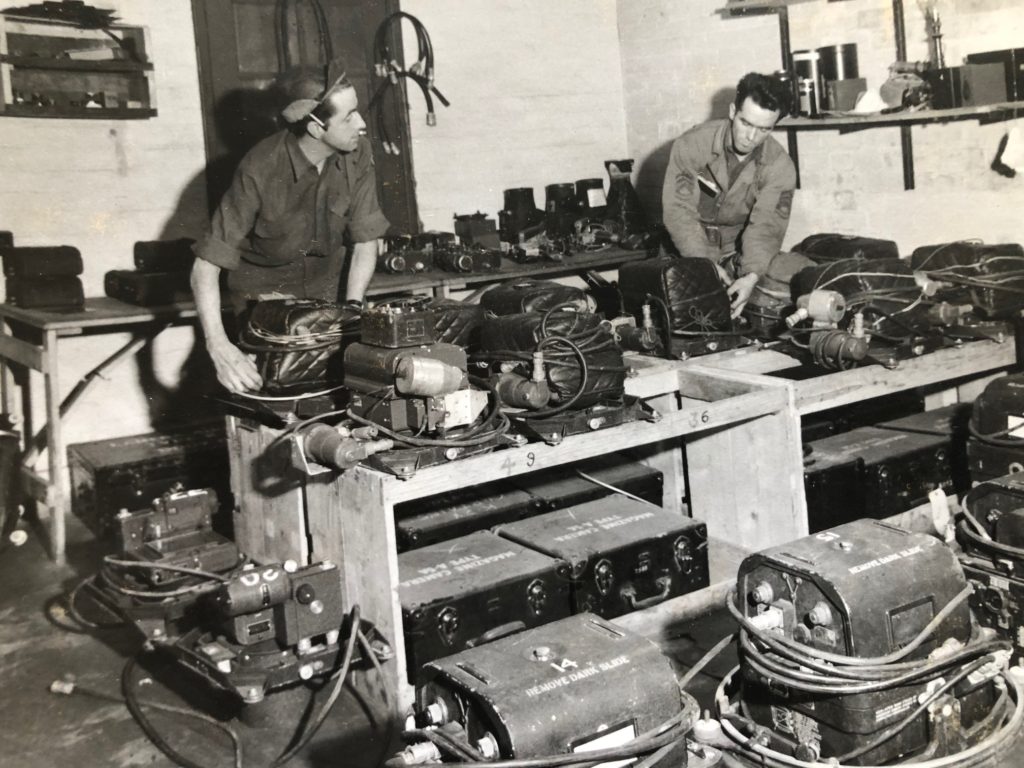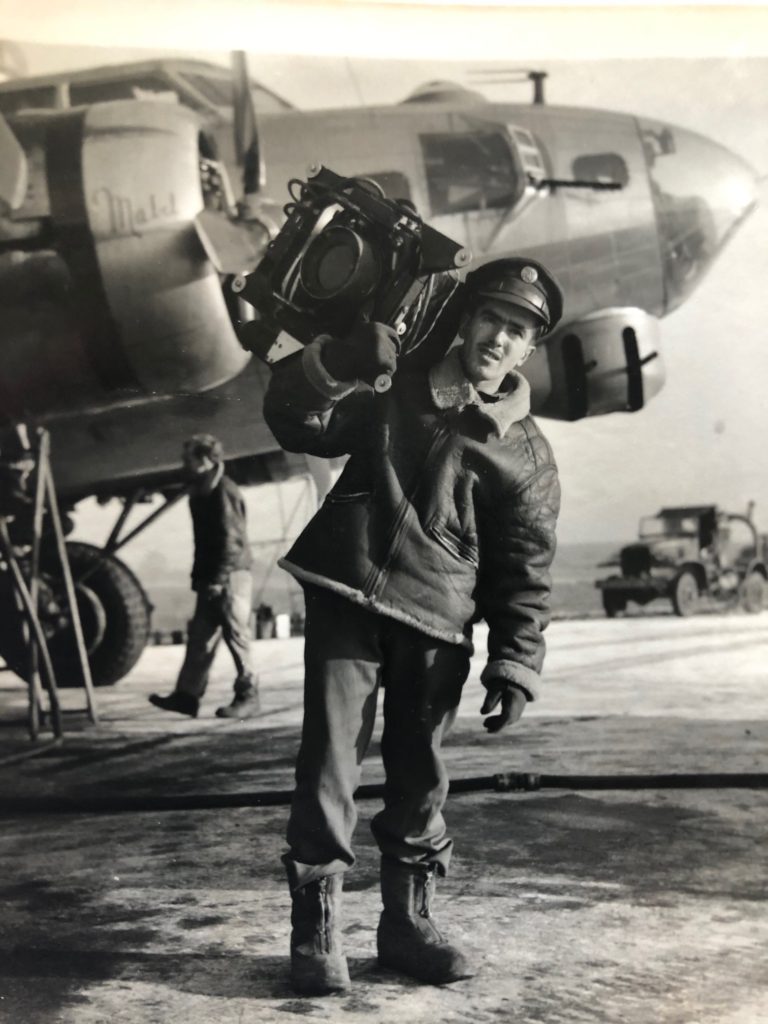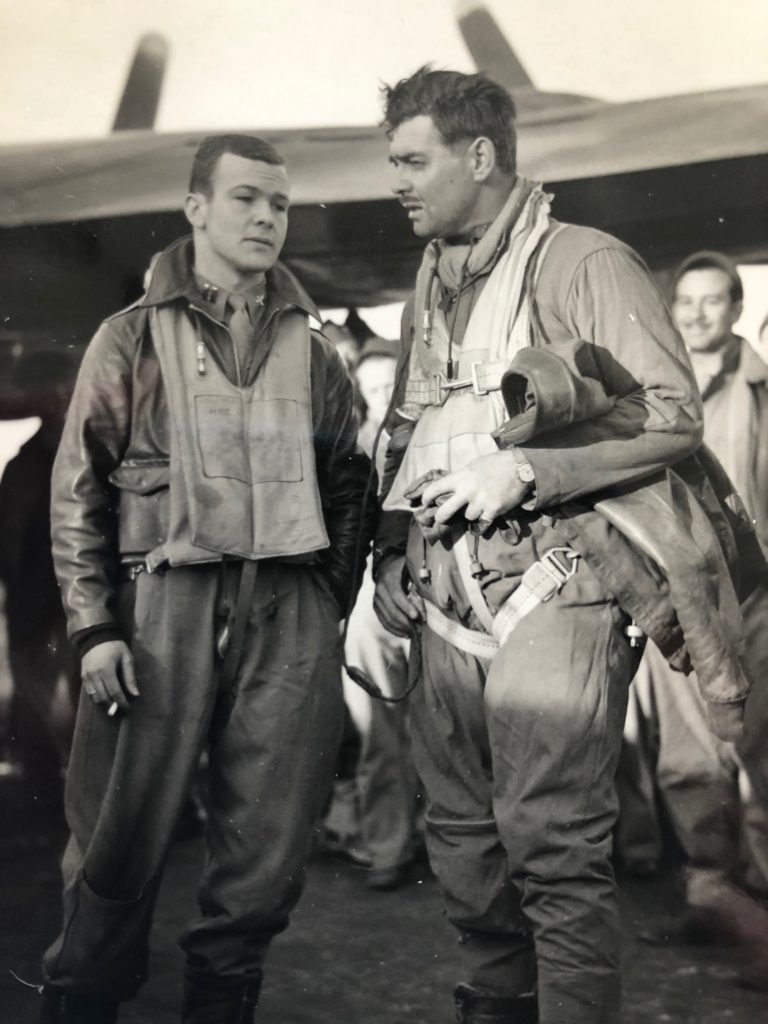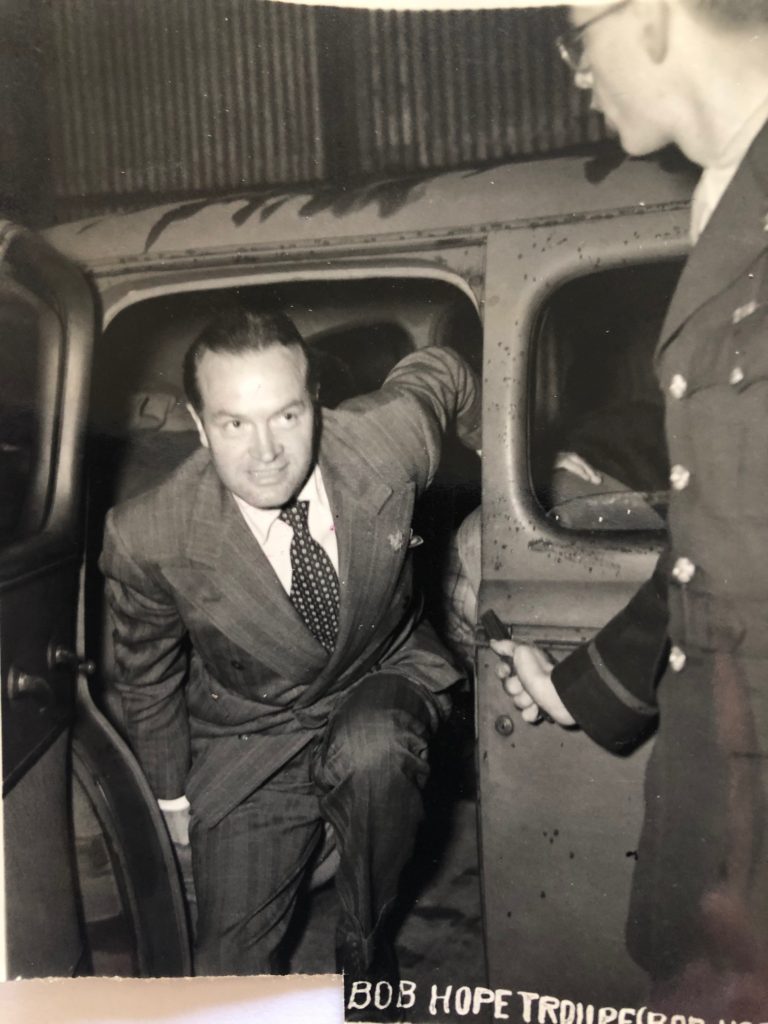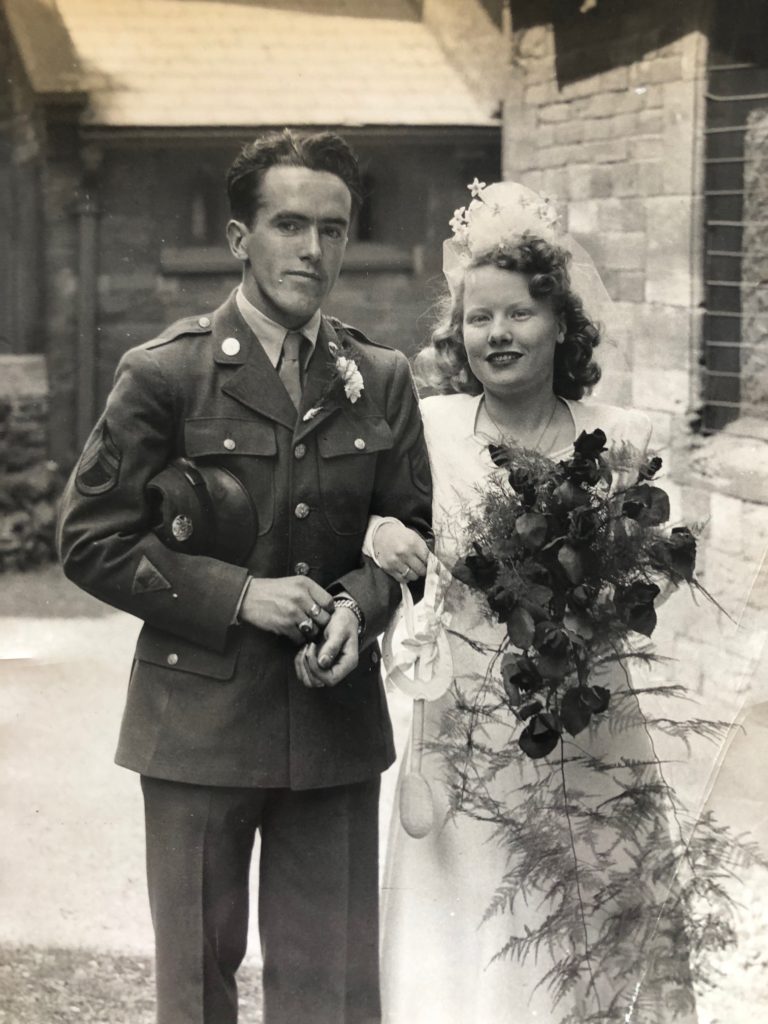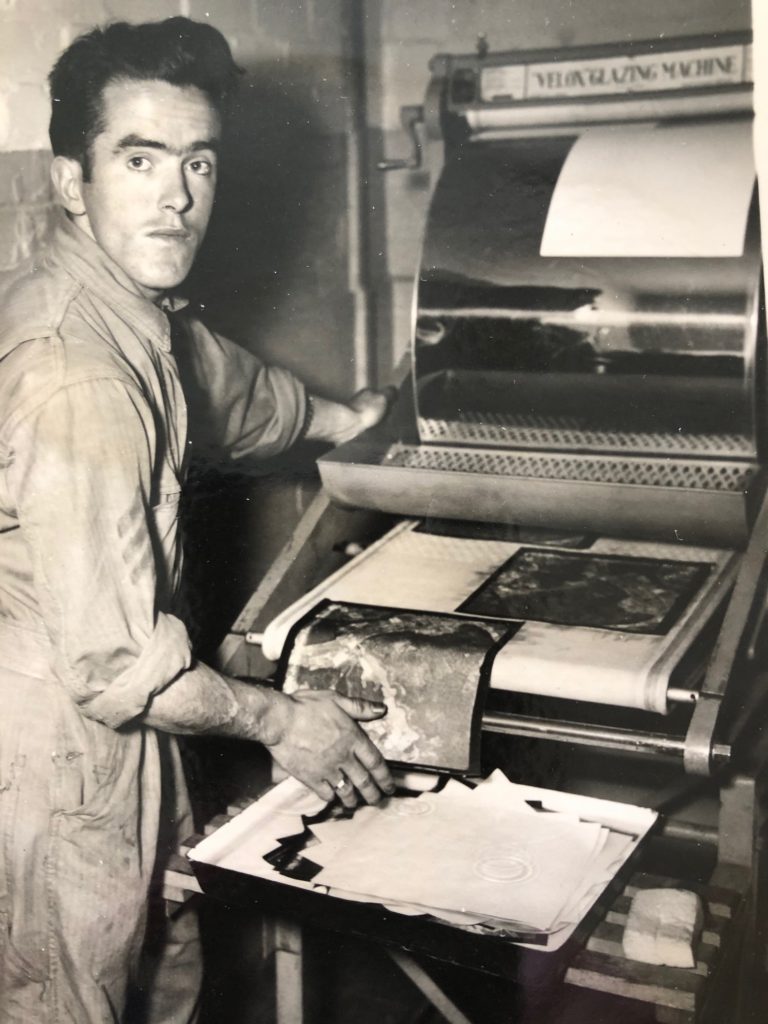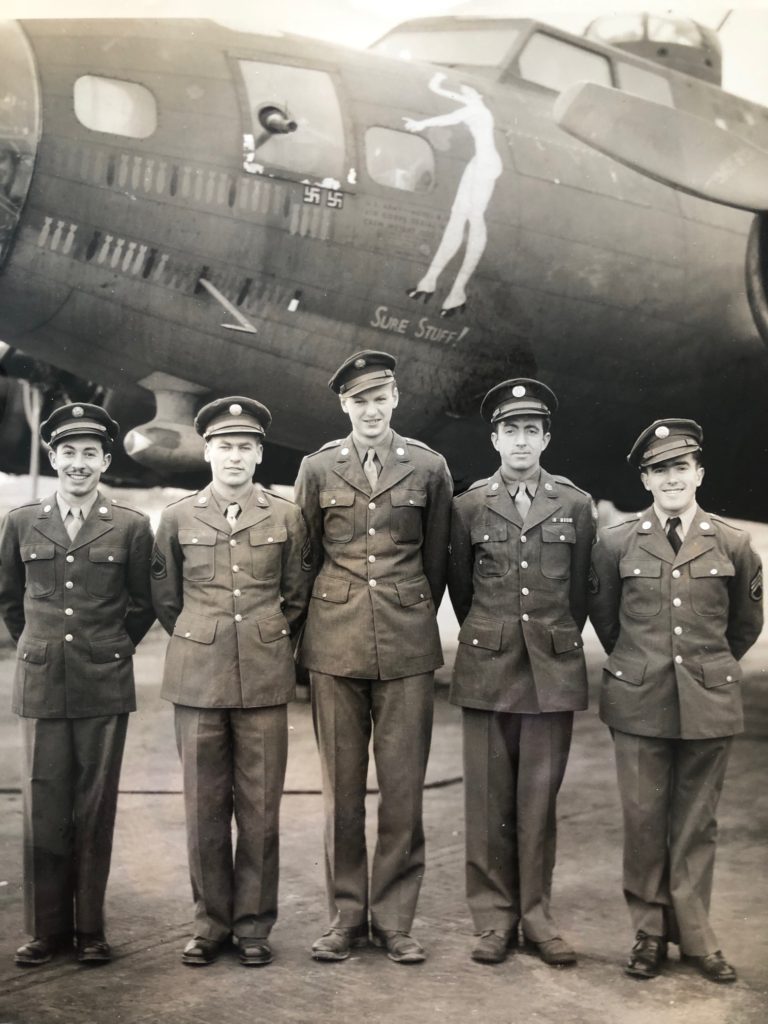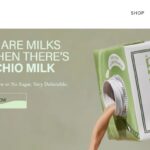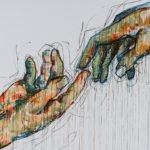My friend Chris Nunes is an extraordinary branding and visual strategist. Through our work together and our friendship, he has helped me become a better marketing strategist and more deeply understand the power of branding supported by stunning packaging design.
His skills developed over decades, first as a photographer, then as an executive at multi-national ad agencies, brand design firms, and, for nearly the last thirty years as co-owner of Cornerstone Strategic Branding, a branding, and packaging design firm. We worked together on several packaging projects during my career. I always got smarter working with Chris and his team.
I benefited from his decades of brand design work with clients like Johnson & Johnson, LifeSavers, Dannon, Nestle, Gorton’s, Libby’s, and Hanes Brands, to name a few. We worked on every project as a master class in brand design, marketing, and how never to sell – and be helpful.
Island Immigrant
Chris is a first-generation American who grew up in a small town in the smallest state in the Union – Rhode Island. His mom was English, and his Dad was Portuguese. And like my background, photography was a cornerstone for both of our careers. Taking and developing photographs was in our bloodstream from an early age and anchors much of how we see the world.
Chris’s father spent most of his childhood in the middle of the Atlantic Ocean in an archipelago called the Azores, part of Portugal. His father grew up on Terceira Island. His parents wanted a better life, so they came to America and another island – Rhode Island. They settled on yet an island within Rhode Island called Jamestown in Narragansett Bay.
Yes, there is an island theme.
Focused
In Jamestown, his dad’s family raised various crops and chickens in the early days to help get by. Chris’ Dad dabbled in photography, even building a darkroom in the chicken coop. This love of photography that his father embraced was passed along to Chris as a young boy. Together they would take their cameras and explore the world around them.
Serving in WW II, Chris’s father was a war photographer for the US Army Air Force who serviced the cameras on B17 planes. While stationed in England during the war, his father met his mom, who became his war bride. His Dad kept some of those photos of bombing missions from WWII – aerial photos – roads and buildings, puffs of smoke, wounded airmen, shot up and banged up aircraft. In this treasure were even photos of USO celebrities like Bob Hope and famous airman and Hollywood star Clark Gable.
His Dad’s career path was photography, and he received training in the Army Air Force Technical School and then after the war, he received his photography degree from the Illinois Institute of Design in Chicago. It was a haven of blended art forms based on the new Bauhaus style from Germany. The famous artist and photographer Lazlo Maholy-Nagy ran the program and inspired a passion for photography and design.
Fixer
Chris was born in Newport, R.I. but the family moved to nearby Middletown. It was in this area where his Dad started a photography business and taught Chris the trade. In their home basement was a darkroom, the strange and tantalizing smells of chemicals for photography like fixer, dektol, and stop bath created a sensory experience for Chris. I have that same olfactory memory – although, for me, it related to my maternal grandfather George, who was also a photographer. And, we too had a darkroom in our basement.
The fizzle of a photographic image slowly emerging from the developer was embedded in Chris’ memory. Ironically, I share that same memory from working with my grandfather, George, in the darkroom, too, around the same period. Watching a picture come to life is magical. In the same way, it emerged from submerged photo paper in the developer, and those memories come planted in our brains – they remain.
Photography got Chris focused on advertising and brand design. It was the foundational ground zero for his life as a branding and visual strategist.
Since age 15, he worked at a chain of camera/hobby stores called Bellevue Camera Shops, where his father kept a portrait studio. He worked after school, rushing to help, and immersed himself in the world of photography. Then, at the University of Rhode Island, Chris became a journalism major with aspirations to become a professional photographer.
His dream was to be a photojournalist and work for National Geographic – a shared dream among photographers, including me.
During his four years at URI, Chris did a work-study job as a photographer and lab technician creating teaching aids for professors – an archaic version of slides/PPT. Chris financially put himself through undergraduate and graduate studies with a resourceful combination of savings, loans, grants and work-study.
Midway through his time at URI, he worked for a boutique ad/pr firm in Providence as a professional photographer and set up a new studio/ processing lab at their offices to serve clients. While working there, he was exposed to what account people, creative and art directors do; Chris was intrigued by the advertising profession. So, he went back to school added a minor in advertising and graduated with a BA in Journalism
Hooked – he decided to focus his career on advertising.
At Northwestern University near Chicago, he enrolled in their renowned integrated marketing communications program (later called IMC) for his master’s degree. Big agencies recruit from that school, so he thought it was practical and his skills would be marketable. During his time at Northwestern, Chris met his future wife, a fellow student in the IMC master’s program. After graduating from Northwestern, both he and his wife secured jobs. They both were hired by Benton & Bowles, NY (B&B) as assistant account executives (AAE) and were enrolled in their well-regarded AAE training program. After B&B, she went to work for Foote, Cone, & Belding in NY on the British Airways account, working with the brand’s spokesperson, award-winning actor Roger Morley.
Hasbro toys, owned by the Hassenfeld family, was Chris’ first account at B&B. He got to work with Stephen Hassenfeld, who was president and emersed in the toy world. In that industry, everything builds up to the annual Toy Fair, a legendary event. As an assistant account executive, he had an idea for a toy truck. He observed that safety recalls on toy trucks for sharp metal injuries were a problem. His father-in-law was a regional director at the Consumer Products Safety Commission, so he had an expert in the family.
Chris conceptualized and created a concept for a color-coded toy truck line that was like a puzzle made of plastic, so it was safe yet had high “play-value” for preschoolers.
The toy truck line launched as ShapeMakers with success.
He then got to work on Zest soap and Scope mouthwash for P&G. They were extraordinarily disciplined and ‘locked in’ to a TV advertising approach focused on live-action demos involving real consumer testimonials. The demo for Zest soap, soap made with synthetic surfactants that leave no soap scum, was effective. The live demo involved consumers interacting with functional mini bathtubs with flowing water, one with Zest and the other with the leading non-synthetic competitive brand.
The demo visualized consumers showing soap scum around the tub for competitors while the Zest tub was free of soap scum. The Scope onion sniff test was the other demo. It also involved a testimonial live-action demo, this time with consumers dipping half of an onion into a bowl with Scope mouthwash, smelling and then dipping into a bowl of Listerine and smelling. Scope won the demo with consumers saying they prefer Scope because it not only blocks the onion smell better than Listerine but also makes their breath socially acceptable to others.
P&G believed in the simple idea of “show, don’t tell.”
Visual Problem Solver
At heart, Chris is a visual problem solver. How do you best position the brand based on what’s most important to the consumer, and how do you bring it to life. Problem-solving is the strategic part; he loved that as well as the creative execution. Early on in his career, he knew he was in the storytelling business.
Snap
Parallels between photography and package design exist.
Both must connect emotionally with a viewer for the package or photo to work. Photography teaches you to compose and arrange compellingly. That is what you want from package design – to first connect with the consumer viscerally and emotionally. It makes the rational part of the communications more accessible. A consumer reacts to a package design in about the same timeframe as taking a photo, only a few seconds.
Brand Design is Undervalued
From Chris’s perspective, brand design is highly undervalued compared to what is offered and delivered. Because Chris worked in so many categories, the thinking, not the solution, can be transferred to other categories. This cross conceptualization is so valuable as to how to solve a visual problem. Maybe you take a snack food solution and bring it into the beverage world. The blending across categories fed his curiosity.
Working with P&G required that positioning a brand is long-term and sacred, and you were constantly looking for the best way to communicate that positioning.
P&G folks would constantly drill into him – What’s next. The execution had to keep improving the efficacy of campaigns. Today it appears there is less of this discipline, and brands seem to be repositioning themselves more frequently.
He stayed in the ad world, learning how to write well, write a recommendation, and a point of view for clients. But he wanted to work with genuinely great creative people and he got an opportunity to work in SF on Levi’s business at the multi-national ad agency Foote, Cone & Belding. In the early 80’s – Chris worked on the Levi’s account including Levi’s women’s wear and the launch of 501 Shrink to Fit jeans for women. It had a button fly – no zipper – and was counter to how women shop for apparel.
He had to nurture a campaign built on trust since the experience for these products was different. The don’t fit when you try them on. Instead, you washed the jeans a few times, and then they fit perfectly. It was a huge problem to solve and it became one of the most successful launches for women’s apparel.
Promoted to work as an account supervisor at FCB/SF, Chris worked on Armour Dial’s Soap business located in Phoenix – Tone Soap and one of the first liquid soaps for showering called Liqua 4. And he spent time on Spirit Soap, another novel product that used micro-encapsulated beads for scent.
Back to NY
But it was time to get back to NY and be closer to family. Chris and his wife were married while in SF and moved back to NY in the late ’80s.
He went on a few job searches, including working on the Lacoste business at Grey. They knew the business was leaving when he arrived, but he worked on that brand for six months. Then, he worked for Dancer Fitzgerald Sample, an agency that became Saatchi and Saatchi. At Saatchi and Saatchi, Chris was VP Account Supervisor and got to work on Skippy Peanut Butter with celebrity Annette Funicello.
During this period Chris became a bit disenchanted with the era of big agencies in the late ’80s, he saw the agencies consolidating with fewer players and the emergence of mega- agencies. In his mind they were losing their way. He wanted to be a more significant individual contributor, and the mega-agency world was no longer the place to spread his wings, no matter how good you are at your job. Too many layers, too much bureaucracy for good ideas to survive.
So, he took a side-step into brand design and worked for an Irvine, California-based branding agency, Keith Thomas Associates. He opened their New York office. Finally, at Y&R, he worked as an SVP group account director at brand design firm CYB Yasamura. After a few years, Chris decided to try and break out on his own. He brought in a lot of business at CYB and felt that he was not being rewarded for his contributions.
Chris saw a path to start a business and to take on the added responsibility. He reached out to a supplier who created color-corrected packaging for video and film shoots. He asked him if he knew a designer who might be interested in going out on their own. That’s when he met Keith Steimel, who became his business partner for almost thirty years.
Turning The Cornerstone
Keith Steimel was a trained designer who did work on personal care, and consumer healthcare business, among others. Together, they put a plan together to build an agency in 1991. Four people were partners in the company, but Keith and Chris bought out the other partners over time, making things easier to operate.
Cornerstone started as a small operation on 19th street with a walk-up office on the second floor. The building came with a broken elevator and unlimited dreams of prosperity.
Package design was their initial primary focus, along with other brand identity work. Pfizer consumer healthcare was the first client, and over a nearly thirty-year period, Chris brought in new business from over 250 CPG and service businesses from his business development approach and network connections.
Rainmaking
There is a discipline to bringing new business to an agency. It requires slowly courting and bringing people close to you. Business development isn’t dabbling, it is a daily event. It requires a building process that takes time and patience.
“When bringing in new business, you are planting seeds and watering them – some plants grow faster. You have to keep nurturing the relationships to harvest the fruit.” Chris Nunes
Planting seeds was another lesson I learned from Chris. As a client, he so gracefully stayed connected, and I never felt I was being sold. I always thought I was being helped.
Success came from being seen as being helpful to prospects. No one had a sales title at Cornerstone. Instead, he and his partner hired curious people who were consultative in their approach. Their agency believed that to be successful, you had to be generous with your time. Don’t worry about what you’ll get back. Play the long game.
Be remembered as helpful, and opportunities flow back.
Numbers and A Long Game
It helps if you have a big community of people you reach out to with zero expectations to grow a business. Just keep furthering the conversation and forget about pressuring prospects. It doesn’t help. Just keep nurturing relationships like flowers and plants in a garden.
Business development work, according to Chris, needs both freedom and structure at the same time. An analogy is how you manage the creative process – they needed to make sure they could demonstrate to clients that the excellent outcomes they delivered weren’t dependent on them getting lucky or about them stumbling on a great design – it was the result of a disciplined process/workflow that built upon itself.
Most importantly, the process is replicable, over, and over and over. Clients would learn to trust them to deliver compelling designs every project, leading to longer-term relationships.
The secret is the process and disciplined work.
The process lends structure and is the key for graphic designers because it gives them an easy, tried and true way to get started. Give graphic designers the freedom to create within the structure and framework of the strategic guidance. It’s not necessary to reinvent the wheel each time you start a new project. Marketers love when you have a disciplined approach to creation. Discipline is appealing – it is liberating.
“When you get a project brief, you need to listen to what the client wants – but your job isn’t necessarily to give them what they want, but to give them what they need. Client’s briefs can be misleading – instead of figuring that out, you need to figure out what they need. “Chris Nunes
When clients start to play art director, they need to learn to express direction in objectives. What are you trying to achieve – what’s the emotion or feeling? Is there a desire for an asset we could create for you, like an icon that helps identify and support your brand?
Core Principles for Creative Agencies
- KEEP PRINCIPALS INVOLVED
- NO COMMUNICATION FIREWALLS BETWEEN CLIENT AND DESIGN TEAM
- FOLLOW THE PROCESS/WORKFLOW
- CREATE YOUR METHODOLOGY AND BRAND IT
- CREATE SIMPLE, OWNABLE DESIGNS THAT CONNECT QUICKLY WITH SHOPPERS
- INVOLVE THE CLIENTS, MAKE THEM PART OF THE CREATIVE PROCESS. THIS WILL ALWAYS KEEP YOU MOVING FORWARD
- FOCUS ON THE JOURNEY, NOT THE END DESIGN
- HAVE A CLEAR UNDERSTANDING OF THE CATEGORY’S VISUAL FOOTPRINT
- ATTACK THE SHELF AS A BATTLEFIELD; YOUR DESIGN IS A MARKETING WEAPON
What’s Next for Chris
Chris and his wife now live in Los Angeles. He is thinking about a lot of new journeys and paths forward. He has an interest in corporate board work, writing, photography, non-profit endeavors. In the meantime, he has been spending lots of time outdoors in the beautiful environs of the Santa Monica mountains and exploring California. Whatever comes next, I’m glad I’ll get to keep learning from an extraordinary visual strategist who, like me, is anchored in photography from a young age—helping smaller companies in FMCG the (fast-moving consumer goods) space with design.
I’m so privileged to know Chris.
And like our love of photography, we are both fortunate that our professional and personal friendship has clicked.
